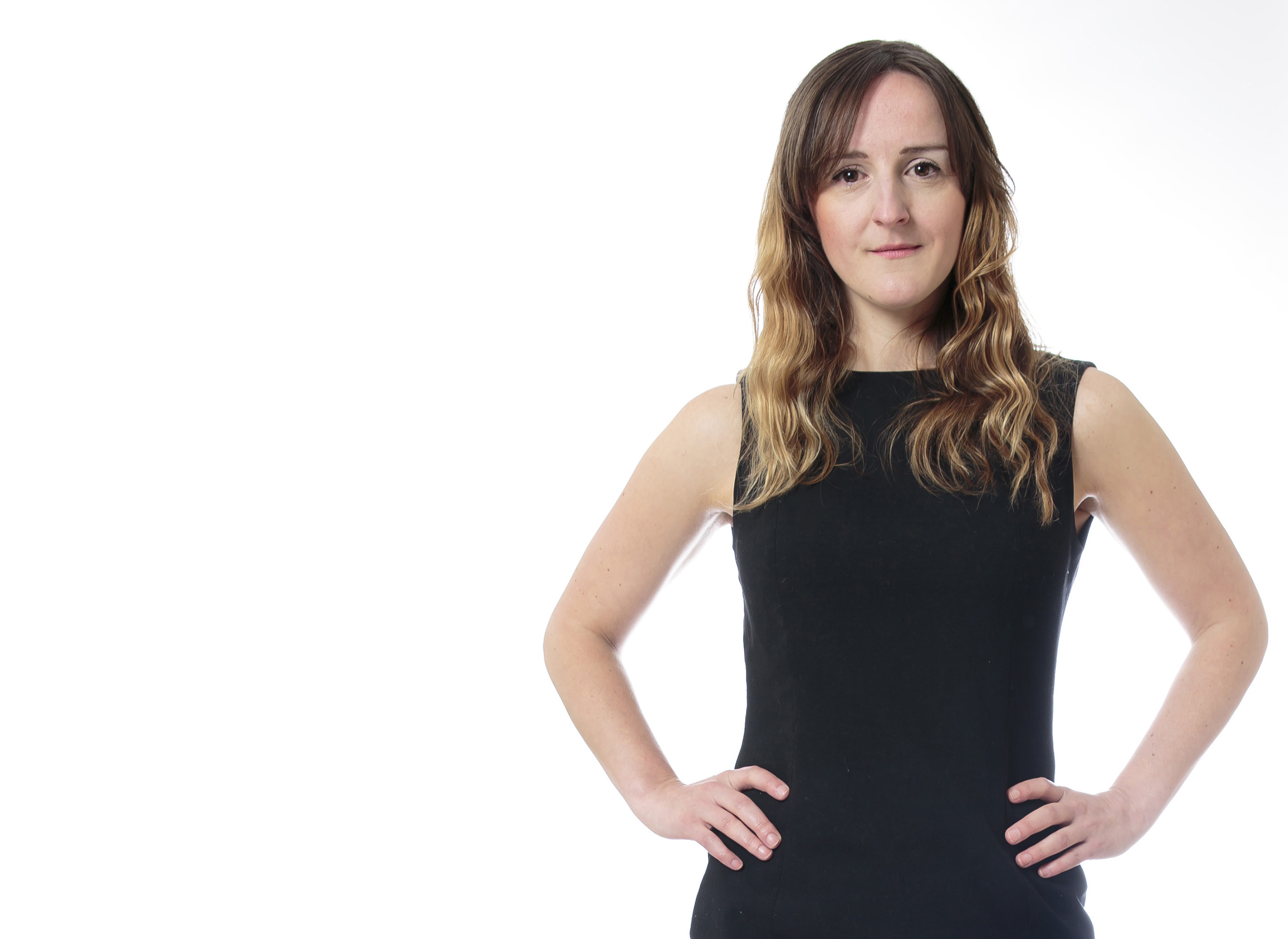Language purists might be appalled to hear that the Oxford English Dictionary has recently announced its word of the year – except it isn’t a word, it’s an emoji.
The pictograph they have chosen is the face with tears of joy, which apparently made up 20 per cent of all the emojis used in the UK in 2015, and 17 per cent of those in the US.
The word of the year, although not necessarily a shoe-in for inclusion in the OED itself, can nonetheless offer insight into the preoccupations of the times. Last year’s word was “vape”, for instance. The year before it was “selfie”. And in 2012 the word, courtesy of The Thick Of It, was “omnishambles”, connoting any situation that is seen as shambolic from all possible perspectives. (Best keep that one handy.)
I was initially dubious about using emojis but I’ve come to like them. They’re not intended to replace language, after all, any more than a shrug or a rude hand gesture. They’re simply a communication aid, adding clarity or giving nuance to dialogues that happen increasingly via characters on a screen rather than conversation.
A sarcastic person without emojis is just a very rude individual. A funny joke, without emojis, goes unappreciated, leaving the deliverer deflated. Feelings of adoration, without a smiley face with hearts for eyes, would remain emotions unexpressed. And however did we sum up the bittersweet nature of the human experience before the smiley pemjioo?
In this world of global communication, the most important thing about emojis is that they transcend language. Hence when aliens unearth our hard drives, millennia after our extinction, they’ll be reconstructing 21st century life based on a tongue-out smiley, a monkey covering its eyes and a massive thumbs up.
And we’re getting new emojis all the time courtesy of the Unicode Consortium, which sounds like the title of a Tom Clancy novel but is in fact the California-based organisation that standardises characters and emojis across all the different operating systems.
A batch set for release in 2016 includes the emojis for prince, shark, wilted flower, drooling face, rolling on the floor laughing, cucumber, bacon, croissant, the “call me” hand, lying face, a nauseated face, black heart, pregnant woman, face palm and avocado, which, when you put them all together, read like every date I had in 1998.
We’ve made good progress with the emojis but may I suggest that, as well as adding subtlety to our existing communications, a pictogram might be able to go further, summing up feelings that mere words are unable to express?
And so, I offer to the Unicode Consortium, free of charge, the following suggestions: hungover with no one to bring water or toast (a crying glass of wine with its tongue out); the urge to giggle at inappropriate moments (laughing emoji in a dog collar); forgotten password ennui (confused face with padlocks for eyes); the irritation felt at the modern dependence on emoticons (quite meta, this, and best conveyed by an angry emoji done, passive-aggressively, as a dot to dot drawing).
Of course, in these troubling times, we’re also badly in need of an emoji that sums up the longing for a better world. But I don’t know if we’ll ever agree what that should look like.
@nicolamostyn



Leave a reply
Your email address will not be published.